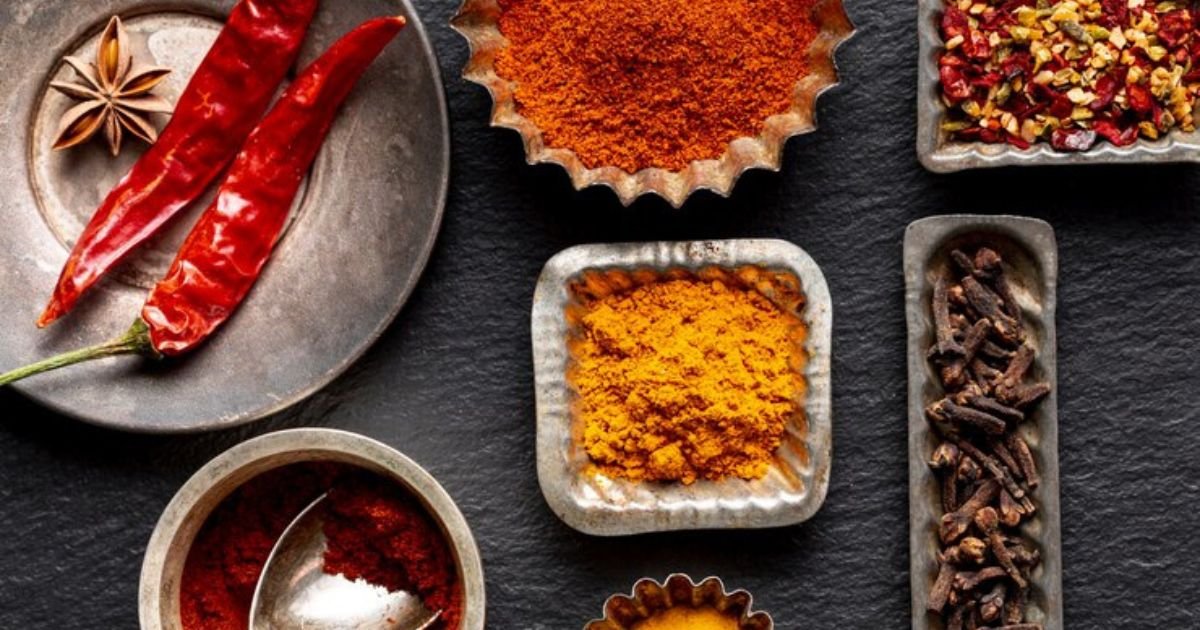Spices have been an essential part of human history, adding flavor, aroma, and even medicinal benefits to our food. Among the wide array of spices, sweet spices stand out for their unique ability to transform dishes with a warm, aromatic sweetness. From desserts to savory dishes, these spices can elevate the taste experience. In this article, we’ll explore what The Fascinating World of Sweet Spice are, their origins, common types, and how they can be used in everyday cooking.
What Are Sweet Spices?
The Fascinating World of Sweet Spice are a category of spices known for their warm and sweet flavor profile. They don’t contain sugar but add a sweetness that is aromatic and often comforting. These spices are used in a variety of dishes, particularly desserts, beverages, and sometimes savory meals to add depth and complexity to flavors.
The History of Sweet Spices
The use of sweet spices dates back thousands of years. Ancient civilizations like the Egyptians, Greeks, and Romans used them not only for culinary purposes but also in religious ceremonies and medicine. These spices were considered valuable commodities and were often traded along what came to be known as the “Spice Route,” connecting Asia, Europe, and Africa.
Common Types of Sweet Spices
The Fascinating World of Sweet Spice fall under the category of sweet spices. Each has its distinct flavor and aroma, making them versatile in cooking.
Cinnamon
Cinnamon is perhaps the most well-known sweet spice. Derived from the inner bark of trees from the genus Cinnamomum, it has a warm, woody aroma and is commonly used in baking and beverages. Cinnamon pairs well with fruits, chocolate, and is often added to cereals, coffee, and tea.
Nutmeg
Nutmeg is a spice that comes from the seeds of the Myristica fragrans tree. It has a slightly nutty, sweet flavor and is often used in baking, particularly in pies, custards, and holiday dishes like eggnog. Nutmeg can also be used in savory dishes like creamy pasta sauces.
Cloves
Cloves are dried flower buds from the Syzygium aromaticum tree. They have a strong, pungent sweetness and are used sparingly due to their intense flavor. Cloves are often found in spice mixes for baked goods, and they pair well with cinnamon and nutmeg in warm beverages and desserts.
Cardamom
Cardamom, often referred to as the “queen of spices,” has a distinctive floral and sweet flavor. It is used in both sweet and savory dishes, particularly in Middle Eastern, Indian, and Scandinavian cuisines. Cardamom is popular in chai tea and spiced cakes.
Allspice
Allspice is named for its flavor profile, which resembles a combination of cinnamon, nutmeg, and cloves. It’s derived from the dried berries of the Pimenta dioica plant and is a key ingredient in Jamaican jerk seasoning, as well as in pumpkin pies and other sweet treats.
How Sweet Spices Are Processed
Most sweet spices are harvested, dried, and ground before they are sold. Some, like cinnamon, are available in both ground and stick form. The drying and grinding processes help concentrate the flavors, which is why these spices are often used in small amounts. High-quality sweet spices are aromatic and flavorful, with no added fillers or preservatives.
The Culinary Uses of Sweet Spices
The Fascinating World of Sweet Spice are incredibly versatile and can be used in a variety of ways. They are most commonly used in desserts and baked goods, but their applications go far beyond that.
In Baking
Cinnamon rolls, nutmeg-infused cookies, and gingerbread are all perfect examples of sweet spices being used in baking. These spices add warmth and depth to cakes, cookies, and pastries, making them more complex and aromatic.
In Beverages
Sweet spices are often added to beverages like mulled wine, chai tea, and spiced lattes. They enhance the flavor of hot drinks, especially in colder months when warming spices are most appreciated.
In Savory Dishes
Though sweet spices are mostly associated with desserts, they also work well in savory dishes. For instance, cinnamon and nutmeg are used in Moroccan tagines and Indian curries to create a balance between sweet and savory flavors.
In Sauces and Marinades
The Fascinating World of Sweet Spice can also be added to sauces and marinades for a touch of sweetness and warmth. Cloves and allspice are often used in barbecue sauces, while cinnamon can be found in some tomato-based sauces to add complexity.
The Health Benefits of Sweet Spices
In addition to their culinary uses, sweet spices offer various health benefits due to their anti-inflammatory, antioxidant, and antimicrobial properties.
Cinnamon’s Benefits
Cinnamon is known for its ability to regulate blood sugar levels. Studies suggest that it may help people with diabetes manage their glucose levels more effectively. It also has anti-inflammatory properties, making it beneficial for people with conditions like arthritis.
Nutmeg’s Benefits
Nutmeg has been traditionally used to relieve digestive problems. It has compounds that can help relax the muscles in the digestive tract, easing discomfort. Nutmeg also has sedative properties and can promote relaxation and better sleep.
Cloves’ Benefits
Cloves contain a compound called eugenol, which has powerful antioxidant properties. They are also known to support oral health and are often used in toothpaste and mouthwashes.
Cardamom’s Benefits
Cardamom is often used to aid digestion and is thought to have diuretic properties, helping to reduce water retention. Some studies suggest that cardamom may help lower blood pressure as well.
How to Store Sweet Spices
To maintain their freshness, sweet spices should be stored in a cool, dry place away from direct sunlight. Ground spices tend to lose their potency faster than whole spices, so it’s often better to buy whole spices and grind them as needed.
Where to Buy Sweet Spices
Sweet spices are available at most grocery stores, though the quality can vary. For the best flavor, it’s recommended to buy from specialty spice shops or online retailers that sell fresh, high-quality products. Organic spices are also a good option if you’re looking for additives-free and environmentally friendly choices.
Conclusion
Sweet spices are an integral part of global cuisine, adding warmth and complexity to both sweet and savory dishes. Their historical significance, culinary versatility, and health benefits make them essential in any kitchen. Whether you’re adding cinnamon to your coffee or cardamom to your baked goods, sweet spices have a way of transforming the simplest dishes into something extraordinary.
FAQs
What is the difference between sweet spices and savory spices?
Sweet spices tend to have a warm, aromatic sweetness, while savory spices often have a more pungent, robust flavor.
Can sweet spices be used in savory dishes?
Yes, sweet spices like cinnamon and nutmeg are often used in savory dishes to balance flavors.
What is the best way to store sweet spices?
Store them in a cool, dry place in airtight containers to preserve their flavor and potency.
Are sweet spices healthy?
Yes, many sweet spices offer health benefits, including anti-inflammatory and antioxidant properties.
Can I grow my own sweet spices?
Some sweet spices, like cinnamon, are difficult to grow at home, but others like cardamom can be cultivated with the right conditions.











